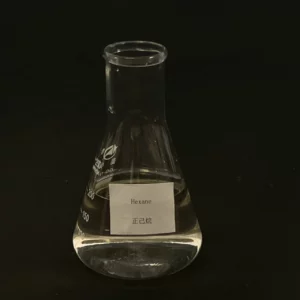How to dispose of petroleum ether?
How to dispose of petroleum ether?
Blog Article
Disposing of petroleum ether requires careful attention due to its flammable and hazardous nature. Understanding the petroleum ether structure is essential, as it consists mainly of aliphatic hydrocarbons. This article outlines the proper steps for safe disposal.

Understanding Petroleum Ether
Petroleum ether is a colorless, transparent liquid used in different applications such as extraction and as solvent. Its low rate of evaporation and volatility with each other make it essential but dangerous if it is not correctly handled. If the chemical is not handled properly, a wrong method of getting rid of it can cause environmental pollution and bring up health problems that are life-threatening as well.
Steps for Safe Disposal
1. Check Local Regulations
Before you dispose of petroleum ether, you must know the local regulations. Specially designated areas have specific guidelines governing dangerous waste disposal. Knowing these directives is helpful in ruling out legal actions and safe handling as well.
2. Use Proper Containers
You should keep the petroleum ether in the suitable containers. Your labeled, hermetic containers of a standard that is safe are to be used. This prevents spillage and the escape of fumes into the air, which can lead to flammability.
3. Identify Disposal Facilities
Search for any of the hazardous waste disposal facilities in your locality. Many local government authorities have disposal facilities for toxic waste materials. Call them to know whether they accept petroleum ether and their procedures.
4. Transport Safely
Secure the container upright and keep it from exposure to heat or sunlight. The gloves and goggles are needed, as well as for the transportation of aseptic purposes, they are used for load-carrying workers and the container is properly secured and unbroken while being taken.
5. Observe the Instructions of the Facility
When you arrive at the treatment plant, strictly obey the facility staff's instructions. You probably have to complete the paperwork or pass on the material information to them. Also, don't forget to comply with their safety protocols while the disposal is taking place.
Conclusion
Firstly, the process of getting rid of petroleum ether consists of the systematic preparation and compliance with the mandates regarding the same. The ether structure of petroleum knowledge has made it more likely to be the source of risks and led to the recognition of requirement of the proper disposal approach. Being guided by local law and using the allowed facilities are effective methods to gain control of this dangerous substance and at the same time guarantee the protection of your life and the environment. Report this page